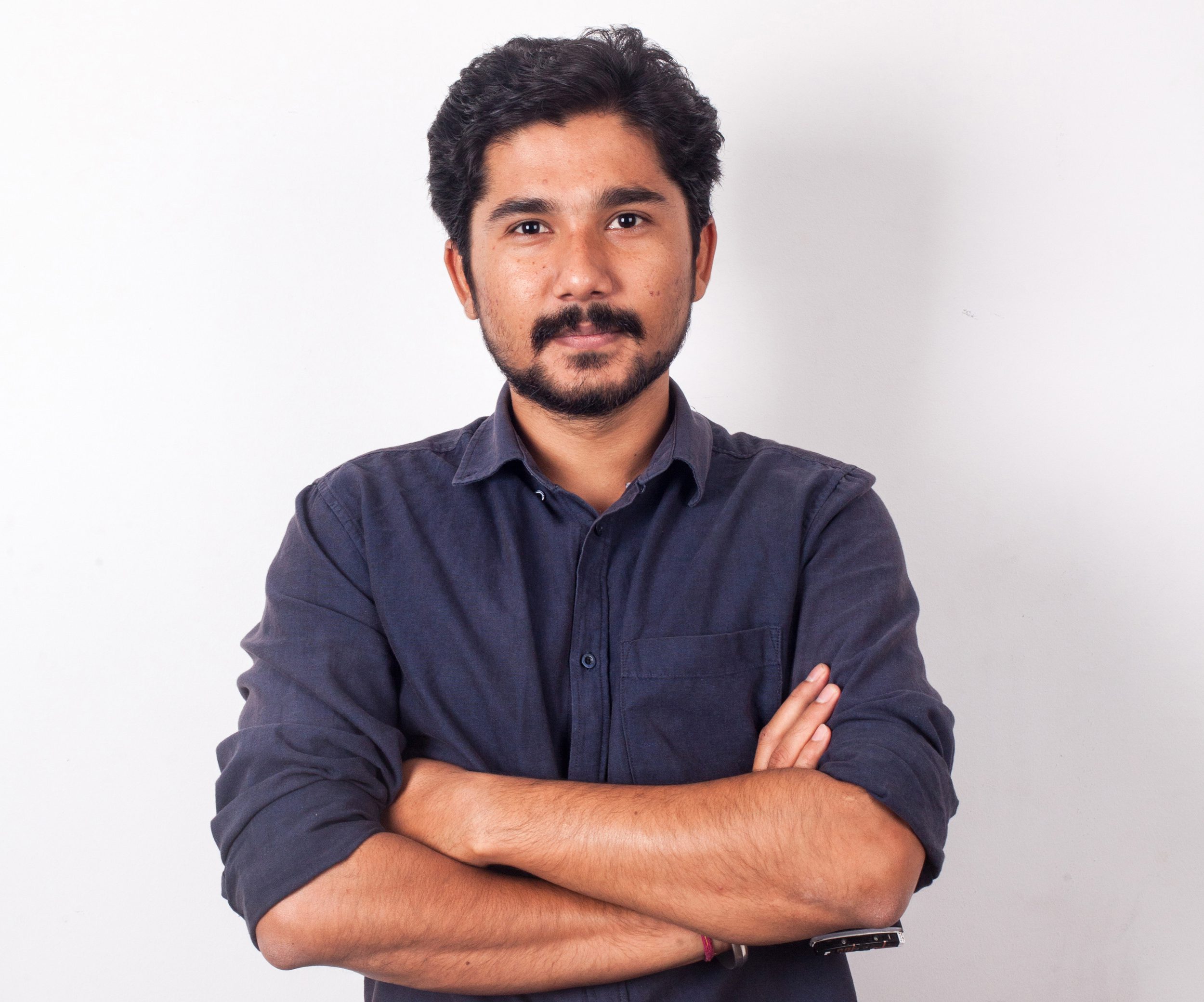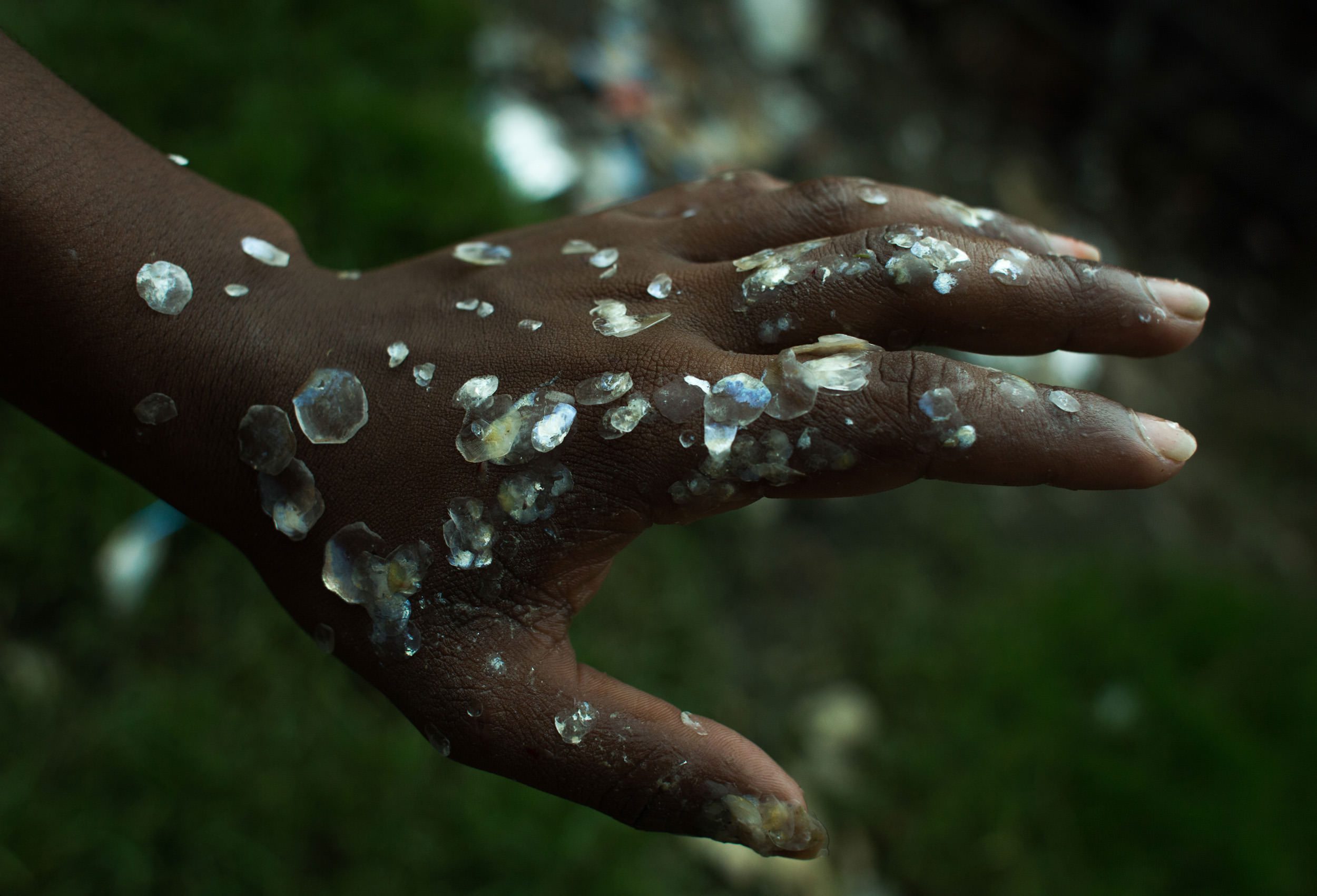
We recently sat down with Sagar Chhetri, an accomplished photographer from Nepal and one of the Mittal Institute’s new Visiting Artist Fellows for Fall 2019. His photography series, Eclipse, delves into the identity conflict experienced by the Madhesi community of Nepal and his Madhesi peers through profound imagery of their day-to-day lives.
Be sure to check out our upcoming art exhibition on October 15 with our two newest Visiting Artist Fellows, Sagar Chhetri and Sakshi Gupta, and observe their artwork that provides creative commentary on identity in contemporary South Asia, and learn more about Chhetri’s journey and his photographic documentation of the Madhesi community below.
What inspired you to pursue photography and the visual arts?
Like any other forms of art, I believe photography makes you pay attention to the feeling that’s oozing within yourself regarding something you saw or experienced — which then eventually possesses you to respond. This process of making myself able to add another dimension to a two-dimensional space has so far been a guiding light for me.
How has your journey in photography been so far?
In 2011, I moved to Kathmandu from my hometown in eastern Nepal. I had a camera back then, but no idea how to use it. I went looking for people who could teach me the technicalities of it. I saw an ad in a local newspaper regarding a photography workshop; I contacted them and eventually got in. That was not an ordinary workshop for me — it enamored me with the world of visual arts. A new boy in a new city, with a new craft in hand. It became a good combo — a lethal one, actually.
The following year, I got into a visual storytelling workshop. There, I met people who mentored me, teaching me how to read an image and that photography can also be about other things — an intangible, a feeling. I had a moment then when I said to myself, “this is it, this is what I want to do for the rest of my life.”
In Nepal, we don’t usually go for alternative courses in academia beyond the few mainstream subjects, like science, commerce, humanities, law, and others. I was not very comfortable with this idea. I wanted to take a subject other than those, one that was less sought after, and take it as seriously as you would a degree in science, math, business, or law. That, somehow, became the most challenging thing for me, because I had no clue where that would take me, but it was a success at the same time, because the people who were around me — my family and the people who support me — they understood this passion I had, and they thoroughly supported me throughout the journey. And that became the most important thing to me, the most important success that I’ve had in the journey of photography until now.
We don’t have photography school back in Nepal. We have an art school where only recently students have been able to take photography as electives, but that’s it. We are kind of limited in terms of learning. Everyone learns by doing. Since I wanted to take photography further as an academic subject, I looked for schools outside of Nepal. I got into a photography school in Bangladesh and completed a diploma in documentary photography, learning with one of the finest photography mentors that our part of the world has produced, alongside fellow photographers from the region and the West. After that, I looked for other opportunities in places where I could widen my horizon in terms of photographic knowledge, and I got into the Danish School of Media and Journalism, where I studied photojournalism and learned in a world-class program that gave me the strength to go forward.
In your photography series, Eclipse, you delve into the identity of your Madhesi peers in the southern belt of Nepal. What are you trying to convey about this community through your work?
I’m still in the process of understanding what I really want to convey, but I’m trying to learn more.
I was born and raised in that part of the world; all parts of my body have been acquainted with the issues of the people and the community for a long time. But it was only recently that I finally understood that something wrong was happening. Nepal drafted its new constitution during a festive time, which was immediately boycotted by a big chunk of people, especially the Madhesi community. A strong voice was raised by the Madhesi community through an uprising that lasted for months. I thought that was a problem — something was wrong, something that I had failed to notice or understand.
Soon after that, in 2015, there was an upheaval in post-conflict Nepal and an earthquake had hit the country. Nepal was going through a very crucial time in history, and I wanted to understand how this border region has become a salient incubator of political grievances among the people living along the border. I wanted to know why the people living in that region are Nepali when they cross the border, and when they travel up into the territory of Nepal toward the center, they are often called Indian. So, I became interested in this identity conflict that they have, where people recognize them in a dual way, a different way, based on their look, based on the language they speak, based on many other features that they possess. I thought that it was wrong, and I wanted to understand why this happens.
I am still in that process, and the thing that I want to convey is that there’s hope. The title of my work is Eclipse. An eclipse is about darkness, it’s about blocking the light. So, my work also began in a time when the Madhesi uprising took a very interesting turn when they sat for a delegation in the No Man’s Land, disrupting the border and the customs gateway — the only gateway from where most of the community’s needs enter. That somehow created a state of national emergency, so that blockade inspired the idea of an eclipse — it was about blocking, creating darkness. The light was not getting through, but it was a phase, one that would pass. There was hope.
What do you hope to study during your time as a Visiting Artist Fellow at the Mittal Institute?
Right now, there’s a hope for a more egalitarian future for this Madhesi community and my Madhesi peers. But now, as a visual practitioner, I want to use my craft to tell their story. It’s a project I started in 2015, but it’s the most important issue right now in Nepal, the biggest fight of my generation, I would say: the fight for the identity of my generation. It will take time for me to really get into it, and that’s why I’m here — to dig more.
I want to look into the question of identity and the idea of how people feel marginalized, the question of this open border, the history of the Nepal-India border, post-colonial South Asia and India, and the effects it had on Nepal at that time. The border that was created between Nepal and India was in 1816, just over 200 years ago. But the history of that place is traceable to more than 2,000–3,000 years old. I’m trying to understand how a border that was created relatively recently despite a history so old and ancient is justified by lines drawn 200 years ago. How does this work? What were the questions in mind when the Kingdom of Nepal, the East India Company, and India drew that line? Did they consult the people living on the border, or did they do it alone? Using manuscripts and old maps in the Harvard archives, I’d like to delve further into the politics of that border creation.

